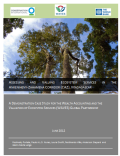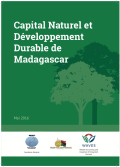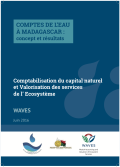This case study examines the costs of conservation and the value of benefits associated with biodiversity around the QIT Madagascar Minerals (QMM) project area, with a focus on the Tsitongambarika (TGK) forest complex. QMM is 80 percent owned by Rio Tinto and 20 percent owned by the Government of Madagascar.
The aim is to quantify and value changes in ecosystem services resulting from interventions that deviate from 'business as usual' in TGK (i.e. projected continued deforestation and ecosystem degradation), in favour of some form of forest conservation. While the focus is on forest biodiversity, this analysis includes the economic benefits associated with carbon sequestration in biomass as well as the hydrological functions of forested watersheds.
Rio Tinto has a policy goal of net positive impact (NPI) on biodiversity in its operations. The company aims to achieve NPI by combining state-of-the-art avoidance, mitigation, and ecosystem restoration with biodiversity offsets and other conservation actions. In Madagascar, as part of its offset strategy, the company is considering supporting the conservation of approximately 60,000 hectares of lowland rainforest, to compensate in part for the unavoidable residual impacts of its mining operations in the region. The area to be conserved and the resulting biodiversity benefits are expected to meet and possibly exceed the conservation gains required to compensate for the residual impacts of the mining operation.



